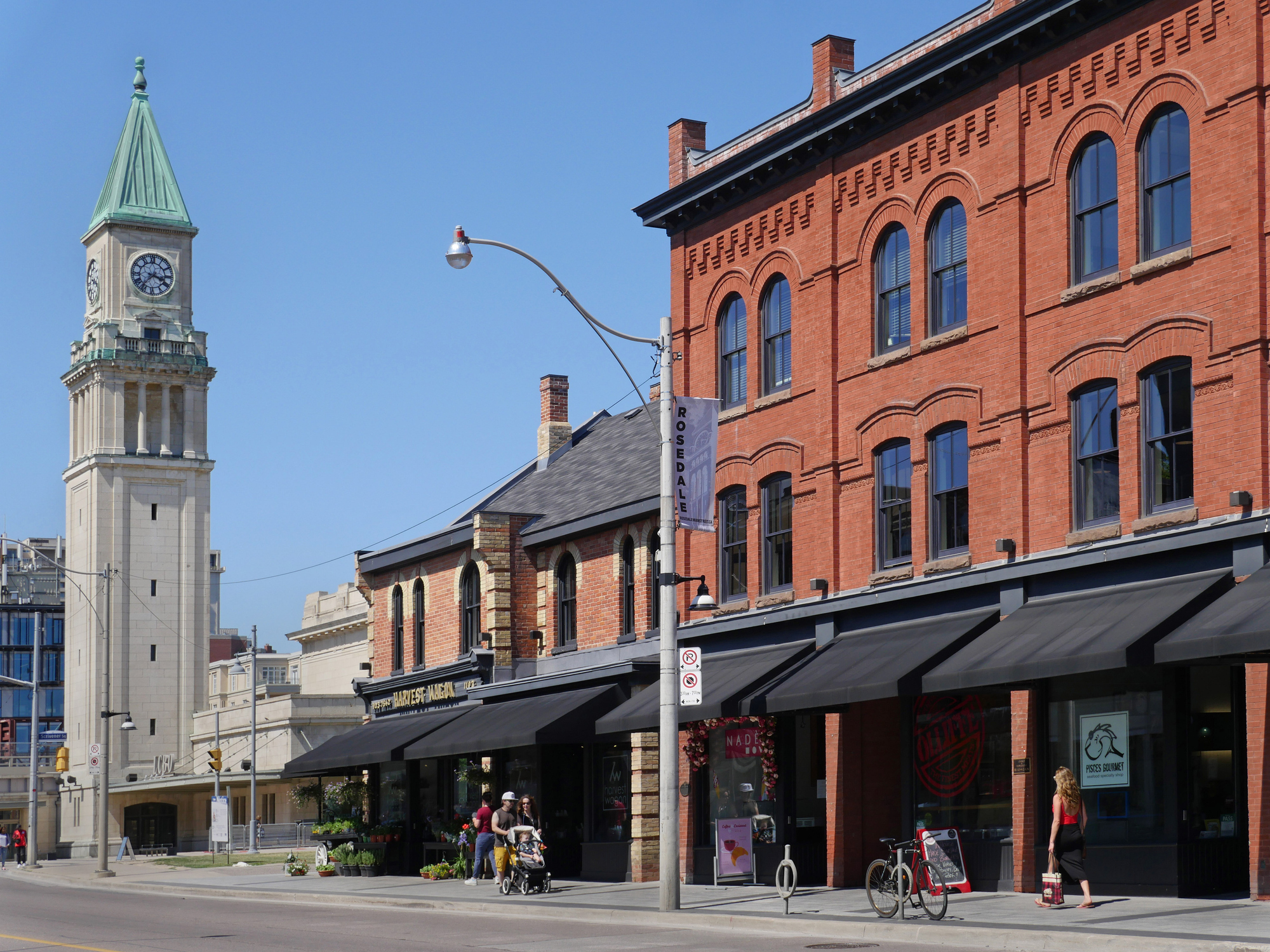Main Content
Trending Now
The Best in real estate & lifestyleIt’s not a trend. It’s a realization. Tucked between Rosedale and Yorkville, Summerhill has long been one of Toronto’s most quietly elegant neighbourhoods. But lately, the volume has been turned up. Whether it’s the blend of historic homes and contemporary builds, the one-of-a-kind boutiq...
Luxury Living, Expert Insights.
Sign up today for our real estate and lifestyle newsletter.

